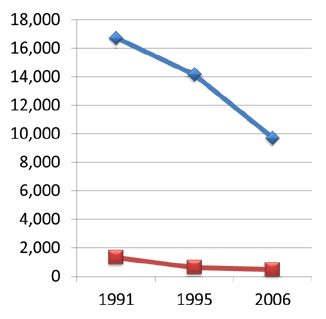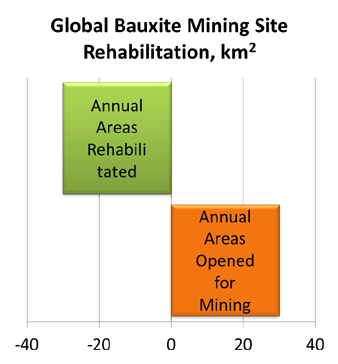Industry Performance
While the use of Aluminum Extrusion can make substantial contributions to sustainability through recycling and the delivery of in-use carbon and fuel reductions in transportation and building applications, the industry also has a strong commitment to reduce the environmental impact of its own processes. Over the past 20 years, the North American aluminum industry has consistently improved its processes and reduced the energy consumption, and greenhouse gas emissions, per ton of aluminum produced. According to the Aluminum Association, energy consumption per ton of aluminum produced in secondary casthouses, the majority of which are operated by AEC members, has been reduced by nearly 60% from 1991 to 2006; greenhouse gas emissions have been reduced by 65% in the same period.
 |
Primary Energy Demand for Aluminum Production |
 |
Greenhouse Gas Emissions from Aluminum Production |
In addition, the industry is committed to the responsible mining of bauxite, the primary raw material in aluminum. On average, 162 square meters (1743 square feet) of land is required to produce 1000 tons of bauxite. To mitigate environmental disturbance, the industry rehabilitates an equivalent amount of finished mining sites.
 |
 Rehabilitated mine — Australia |
Image: Alcoa
 -
-




 |
|